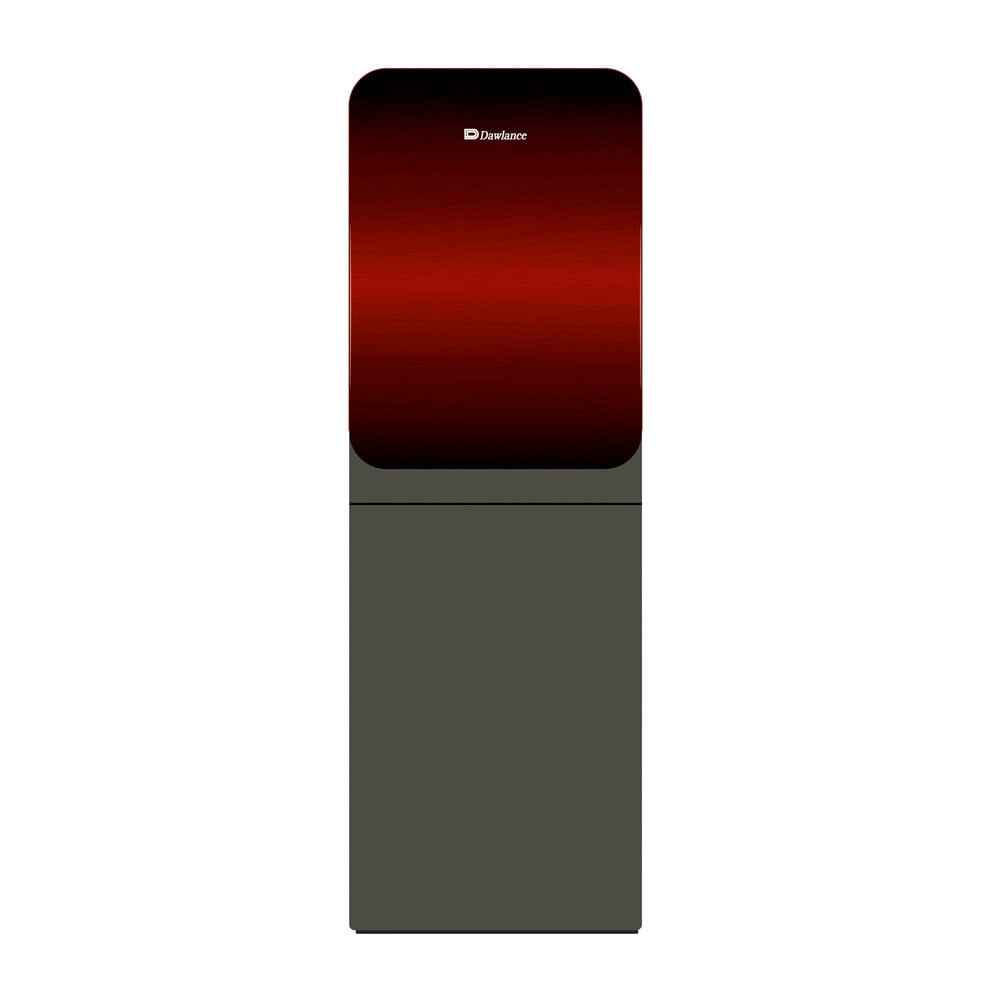Water dispenser have grown more popular in families and companies as a simple and efficient method to acquire clean drinking water.
With many kinds of water dispensers available on the market, it might be tough to choose which one is the best match for your requirements.
In this post, we will discuss several kinds of water dispenser, their features, advantages, and help you make an educated selection.
Choosing The Right Water Dispenser
Access to safe drinking water is crucial for keeping good health. Water dispensers provide a practical option by offering rapid access to filtered water.
However, selecting the proper kind of water dispenser is vital to satisfy your individual needs.
Bottled Water Dispenser
Bottled water dispensers are a typical alternative for homes and workplaces. They utilise pre-filled water bottles, which are put on top of the dispenser.
These dispensers frequently come with hot and cold water choices, making them useful for varied beverage recipes.
Point-Of-Use (POU) Water Dispenser
Point-of-Use (POU) water dispensers are directly linked to a water source, such as a tap or water line.
They filter the water on-demand, assuring a consistent supply of clean water. POU dispensers minimise the need for storing and refilling heavy water bottles, making them easy and cost-effective in the long term.
Countertop Water Dispenser
Countertop water dispenser is tiny and meant to fit on kitchen countertops or tabletops.
They give a space-saving option, excellent for tiny kitchens or workplaces with limited space.
Countertop dispensers frequently have rudimentary filtering systems and provide water at ambient temperature or cooled.
Bottom-Loading Water Dispenser
Bottom-loading water dispenser provide an easy method to replenish water bottles. Instead of lifting hefty bottles, you just slip the bottle into a slot at the bottom of the dispenser. These dispensers are user-friendly, since they minimise the effort of lifting and limit the likelihood of spillage.
Direct Piping Water Dispenser
Direct pipe water dispensers are plumbed directly into the water supply. They give limitless access to filtered water without the need for bottle refills. These dispensers frequently come with modern filtration systems, assuring the greatest quality of drinking water.
Under-Sink Water Dispenser
Under-sink water dispensers are put under the kitchen sink, offering a discreet and space-saving option. These dispensers are linked to the main water supply and give filtered water from a separate faucet. Under-sink dispensers are great for those searching for a clean and clutter-free kitchen setting.
Factors To Consider When Choosing A Water Dispenser
When choosing a water dispenser, consider the following factors:
- Capacity And Usage
Determine the quantity of water you and your home or company utilise on a daily basis. Choose a dispenser with a reasonable volume to prevent frequent refills or bottle replacements.
Filtration System Evaluate the filtration system of the dispenser. Look for features like activated carbon filters, sediment filters, or reverse osmosis to guarantee the removal of pollutants and contaminants.
- Temperature Options
Consider if you need a dispenser that gives hot, cold, or room temperature water. Some dispensers feature all three choices, responding to varied tastes and requirements.
- Space Availability
Assess the available space in your kitchen or workplace area. Choose a dispenser that fits comfortably and does not create clogs or trouble.
Comparing Cost And Maintenance Of Water Dispenser
Different kinds of water dispensers differ in terms of cost and maintenance needs. Bottled water dispenser include recurrent expenditures for buying water bottles, whereas POU and direct pipe dispensers have greater upfront costs but reduced maintenance expenses.
Environmental Considerations
Environmental sustainability is an essential topic to consider. Bottled water dispensers add to plastic waste, whereas POU and direct piping dispensers are more eco-friendly solutions.
Conclusion
Choosing the ideal water dispenser relies on your unique demands and tastes. Evaluate aspects such as capacity, filtration system, temperature choices, and space availability to make an educated selection.
Whether you decide for a bottled water dispenser, POU dispenser, or a direct piping system, the purpose is to assure access to clean and delicious drinking water effortlessly.
FAQs
FAQ 1: Are water dispenser cost-effective in the long run?
Water dispensers like POU and direct piping systems are cost-effective in the long term, since they reduce the need for buying water bottles routinely.
FAQ 2: Can water dispensers remove contaminants from tap water?
Water dispensers fitted with modern filtration systems can successfully remove pollutants and toxins, delivering clean and safe drinking water.
FAQ 3: Do all water dispensers include hot and cold water options?
Not all water dispensers give hot and cold water choices. Some deliver water at room temperature, while others give extra temperature options.
FAQ 4: Can I install an under-sink water dispenser myself?
Installing an under-sink water dispenser involves plumbing knowledge and expertise. It is suggested to obtain expert help for appropriate installation.
FAQ 5: How frequently should I change the filters in my water dispenser?
The frequency of filter change varies based on the water dispenser type and use. It is recommended to follow the manufacturer’s suggestions for filter replacement intervals.
You may also like
-
Unveiling the Top Picks: The Ultimate Guide to the Best Head Shavers in 2024
-
Choosing The Right Palette Insights into Professional Painting Contracts
-
Wear Your Imagination: Customized Text and Graphics T-shirt Printing in Sharjah
-
Camp Adventurer’s Kitchenette : Compact Culinary Haven
-
Kitchen Appliances Shopping Guide: How to Choose the Perfect Electronic Store

